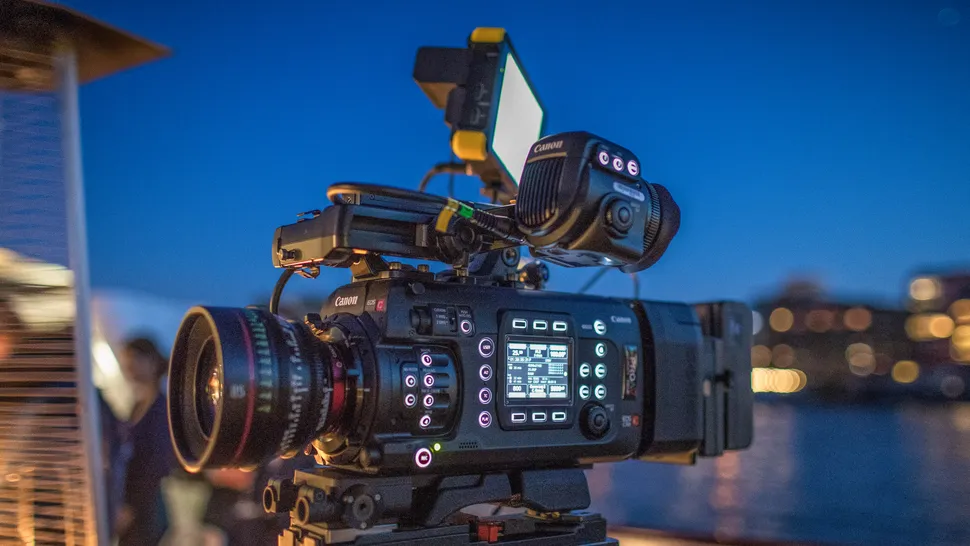Ever since the rise of digital cinema cameras over the past couple years, the debate of Film versus Digital has soared. All across the internet, you will see people argue over which is the superior format to use in order to produce a film. While there is not real answer as to which is the overall best format, both film and digital have their own strengths and weaknesses.
Digital
Digital has become the most popular format for the everyman. Phones and digital cameras can quickly take pictures and record them to digital memory for instant review. Recording with digital doesn't take any money out of your pocket other than the cost of the camera and recording media. If your shot doesn't look exactly like you wanted it, you can easily just delete the failed take and try again and again until things end up the right way. Since your digital photos and videos are essentially computer code, it is extremely easy to edit and manipulate them while having infinite flexibility to do so. Digital's only real downsides lie in the fact that it can look "too clean" and "too clinical". Digital cameras work to record an image as close to life as possible which can sometimes make the image seem like it doesn't have character to it, rather that it's just a snapshot of real life. (Image Link)
Film
Film has been the oldest and most traditional format for recording images. Due to the takeover of digital cameras and the ability to take digital pictures using smartphones, film cameras have grown to be rarely used in modern day. While digital has the strength in convenience, film has it's strength in character. When shooting film, you are limited in the amount of film that you have. Having a finite amount of shots to shoot and minutes to film makes you work to make sure that what you are capturing is worth it. Shooting with different types of film gives you different ways to add character to your image. Most people say that looking a film gives a nostalgic and sentimental feeling, which is something that you are less likely to find in a flat digital image. Film's downfall lies in the cost of film and developing film. While you can probably stop by any large retailer and find an SD card to record digital photos onto, most stores likely don't carry the film you need for your film camera. Lastly, getting your film developed is difficult in modern day since there aren't many places that develop film anymore and developing it yourself always creates the opportunity of messing it up. (Image Link)
My Opinion
The typical conclusion for the Film versus Digital argument is: the format you use doesn't matter; it's the message that you're giving that matters. I definitely agree with this statement as we all know it doesn't really matter how you make your film as long as the audience enjoys your story. But, if I were to pick one format over the other it would definitely be digital. Shooting digital is cheaper, easier to use, and gives more opportunities to fix mistakes which are all important things for someone like me who is still learning and doesn't have the cash flow to constantly purchase film and pay to have it developed. Even though digital is the format for me, reading about film does make me curious as to what it's like to actually have it within my workflow.
Work Log
- 2/16 - Began thinking of ideas for next film
- 2/17 - Continued to throw around ideas for next film
- 2/18 - Edited credits for THON Factor
- 2/19 - THON Factor (No Work)
- 2/20 - No Work
- 2/21 - Began light storyboarding for next film


Comments
Post a Comment